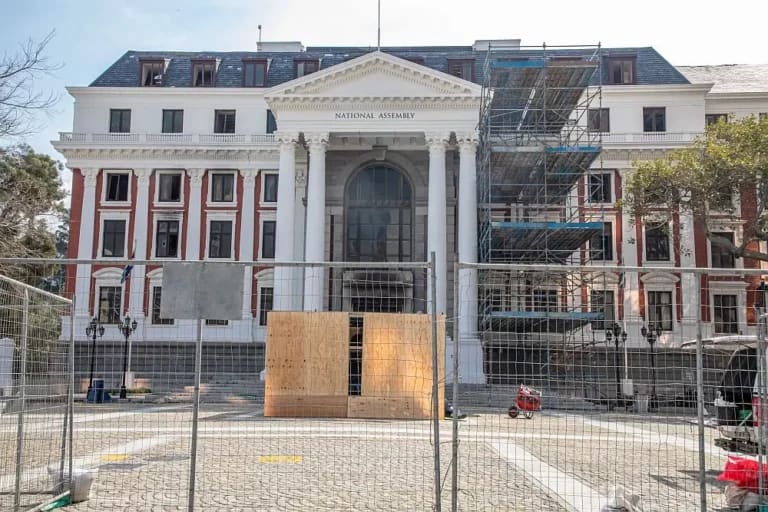department of energy and electricity
1Min
South Africa
Nov 16, 2025
South Africa is resurrecting its Pebble Bed Modular Reactor (PBMR) programme, lifting it from care-and-maintenance and tasking Necsa to lead development. The move aligns with the government’s 2025 energy plan, which allocates 5 200 MW to nuclear capacity and sets the stage for a clean-energy industrial resurgence.
South Africa has officially begun a bold new chapter in its energy policy with the resurrection of the Pebble Bed Modular Reactor (PBMR) programme. Cabinet has approved the lifting of PBMR from care-and-maintenance, giving the South African Nuclear Energy Corporation (Necsa) the mandate to drive development and seek international partners.
The revival is a cornerstone of the government’s freshly approved Integrated Resource Plan (IRP) 2025, which charts an ambitious path to add more than 105 000 MW of new generation capacity by 2039, including 5 200 MW of nuclear power. The plan aims to transform South Africa’s energy mix by shifting toward clean and sustainable sources.
Necsa has welcomed the decision, noting that lifting the PBMR from dormancy provides a legal and strategic framework for rebuilding its small modular reactor (SMR) programme. The corporation sees this as an opportunity not just to generate electricity but to restart a nuclear-industrial ecosystem, including front-end fuel work, modular reactor construction, and isotope production.
Minister in the Presidency Khumbudzo Ntshavheni emphasised the long-term ambition behind the move: to establish South Africa as a global leader in SMR technology, with the capacity to deploy these reactors in innovative ways, such as refitting decommissioned coal plants and powering remote or off-grid areas across Africa.
Nuclear insiders also highlight the potential economic benefits, including localization of the nuclear supply chain, job creation, and the revival of skills that had atrophied since PBMR activity was suspended. Meanwhile, Necsa is targeting an investment of around R50 billion to strengthen its nuclear research capacity and commercial offerings.

















